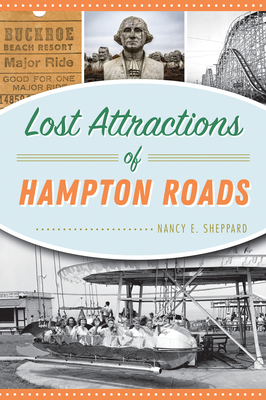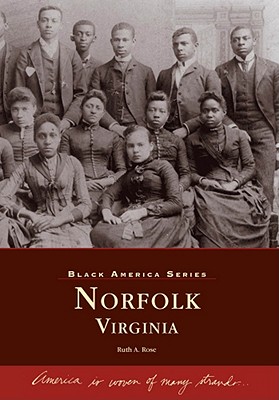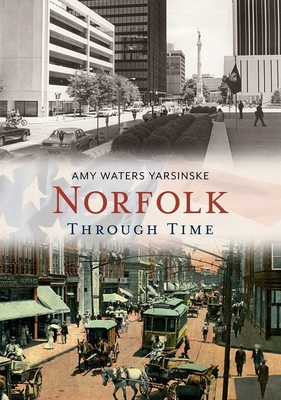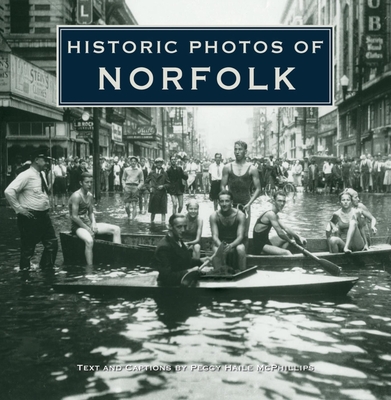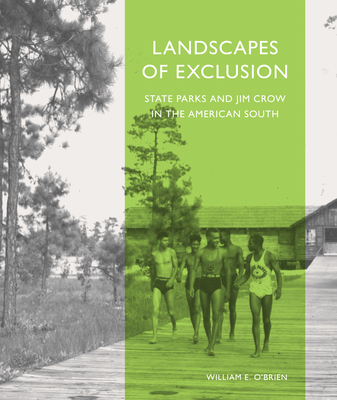
Landscapes of Exclusion: State Parks and Jim Crow in the American South (Designing the American Park)
Description
From early in the twentieth century, the state park movement sought to expand public access to scenic American places. During the 1930s those efforts accelerated as the National Park Service used New Deal funding and labor to construct parks nationwide. However, under severe Jim Crow restrictions in the South, African Americans were routinely and officially denied entrance to these sites. In response, advocacy groups pressured the National Park Service to provide some facilities for African Americans. William E. O’Brien shows that these parks were typically substandard in relation to “white only” areas. In the postwar years, as the NAACP filed federal lawsuits that demanded park desegregation and increased pressure on park officials, southern park agencies reacted with attempts to expand segregated facilities, hoping they could demonstrate that these parks achieved the “separate but equal” standard. But the courts consistently ruled in favor of integration, leading to the end of segregated state parks by the middle of the 1960s. Even though the stories behind these largely inferior facilities faded from public awareness, the imprint of segregated state park design remains visible throughout the South. O’Brien illuminates this untold facet of Jim Crow history in the first-ever study of segregation in southern state parks. His new book underscores the profound inequality that persisted for decades in the number, size, and quality of state parks provided for African American visitors in the Jim Crow South.
Praise for Landscapes of Exclusion: State Parks and Jim Crow in the American South (Designing the American Park)
"O’Brien’s book addresses the omission of race from both landscape architecture and the study of park history, and shows that park design was, like many activities, racially discriminatory. We may not like this history, but it is important to examine it."—Heidi Hohmann, Iowa State University’s College of Design "O’Brien has completed a remarkable work of scholarship in landscape history that makes it possible for us, finally, to understand this formerly obscured, but clearly significant, category of American parks, those created under the ‘separate but equal’ doctrine."—Ethan Carr, author of Mission 66: Modernism and the National Park Dilemma "Using painstaking research into records of New Deal funding for public state parks in the southern U.S., O'Brien reveals the total policy of segregation in public spaces. . . . Many of the former spaces are no longer public parks, but the majority that still operate as recreational space do not acknowledge their segregated past. Recommended."—Choice "Landscapes of Exclusion is accessible to the public; the writing style is enjoyable and the author provides the necessary historical context for nonacademic readers. State and national parks should consider adding this volume to their gift shops and bookstores. O'Brien contributes to an active, ongoing dialogue in park communities. When we ask why so few people of color visit parks today, the book illustrates the pattern of development that has led many to feel unwelcome in the parks, not just national, but also sate parks. Hopefully, this work will raise issues of public historians to consider in making our parks more accessible to a wider public."—Public Historian "With Landscapes of Exclusion William E. O'Brien has filled a void in the literature involving New Deal parks and recreation planning and regarding Jim Crow laws, practices, and restrictions on public lands in the American South. . . . Perhaps even more disturbing, O'Brien's work connects to contemporary restriction practices in some public parks in the South."—American Historical Review "Landscapes of Exclusion tells the important and unexplored history of segregated state parks in the US south."—Journal of Southern History "A fascinating, deeply researched, and richly illustrated book, . . . The inclusion of Jim Crow in the public histories of parks--much like the Equal Justice Initiative's effort to place a marker at every lynching site in the US--will serve as a reminder, especially to white park visitors, of a history of exclusion and ostracism written onto the natural landscape that continues to shape notions of race, understandings of nature, and encounters with the natural world."—Southern Spaces









